How Can We Help?
[Quick Reference] On-Page Optimisation
This KB Entry has been superseded by the SEO for Salons Course
The number 1 rule for good optimisation on any website is to write for humans, and not for search engines. Observe the following mantra in everything you do on a website:
Humans first, SEO second
Here are some quick Do’s and Don’t:
DO
- Have a very clear intent of the page before you start creating it. Are you promoting a company in general, trying to sell a service, get the reader to sign up to an email, give useful advice? All of these will be written different. Write with the reader in mind, and for the most part, don’t even think about SEO.
- Use natural language when writing. Again, write as if you are speaking directly to a person.
- Create a good title of no more than 60 characters (any more is truncated by Google) EXAMPLE REQUIRED
- The title should always be focused on the reader first and SEO second. It should entice the reader to click on the article from the search results, and if you can work a keyword in naturally, that’s a bonus.
- Use headings as appropriate for emphasis only (not for keywords)
- Use bold and italic if you are wanting to drive a point home, for example, don’t stuff keywords!
- Write enough copy on the page to convey what it is about, but don’t waffle unnecessarily for the sake of increasing keyword count. IS THERE AN IDEAL NUMBER OF WORDS?
- Use images on the page if they improve the look of the content in some way.
- Use alt-tags as a way of describing the image but do not artificially stuff keywords into it. EXAMPLE?
- Use FAQ sections if appropriate for the page as these can actually show up as rich snippets in the search results. With this in mind, write them without context (do not assume the reader has read the rest of the page), and answer the question well but don’t give so much away that there is no reason for the reader to click through to read more.
- Use internal links liberally, and weave them naturally into the body text. IDEALLY HOW MANY?
- Link out to high authority sites on a blog post only if relevant, and appropriate. There’s no hard and fast rule. Always make sure the link loads in a new tab as we want to keep the reader on our website.
- What are the best examples of URLs? Can we have a list? e.g. now use keratin treatment rather than hair smoothing or hair straightening. Do not put have ‘hair-colour-experts-edinburgh’ as an url. Have hair-colour instead.
DON’T
- Don’t stuff keywords into the page. Google is getting better at understanding the content of web pages all the time, and can even read image and video content now.
- Don’t create artificial headings for the purpose of inserting keywords
- Don’t artificially use bold and italics for the purposes of highlighting keywords
- Don’t create ‘thin’ pages that have just images / videos with very little text
- Don’t use cheesy phrases like “the best salon in …” for SEO purposes. It doesn’t work, and it will put people off.
- Don’t pay any attention to SEO scores on plugins such as Yoast or any similar WordPress plugin. These will push you towards over-optimisation.
- Don’t over-do the internal links. For example, if a page mentions a service 6 times, insert a link once or twice and use different anchor text. No more than twice on a page for the same URL.
- Don’t link out to an external website on a page which is designed to sell a service or have some CTA (only on informational blog posts)

